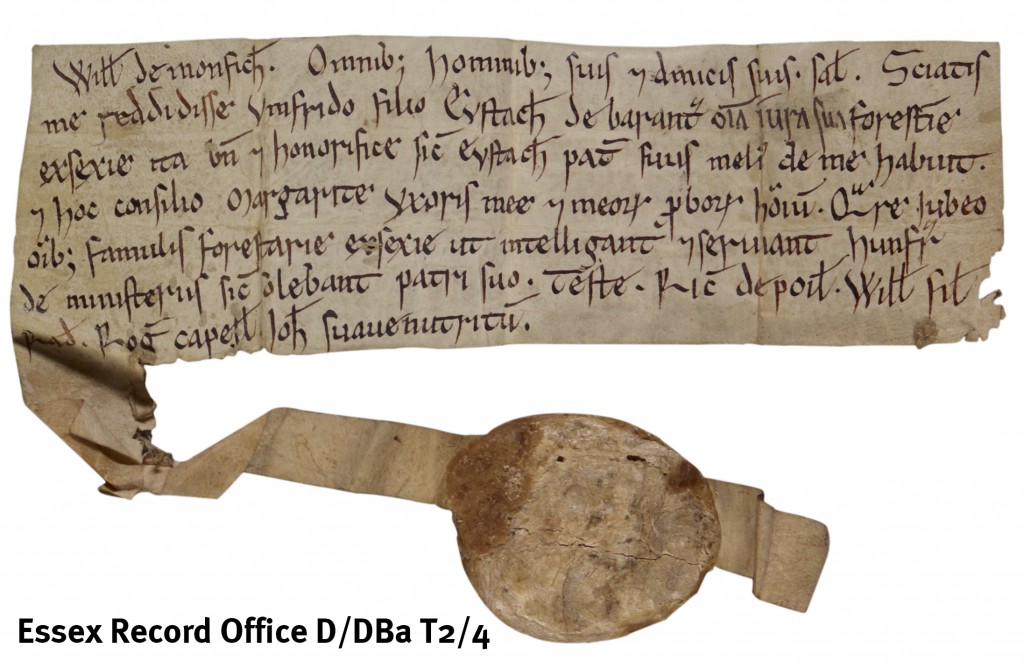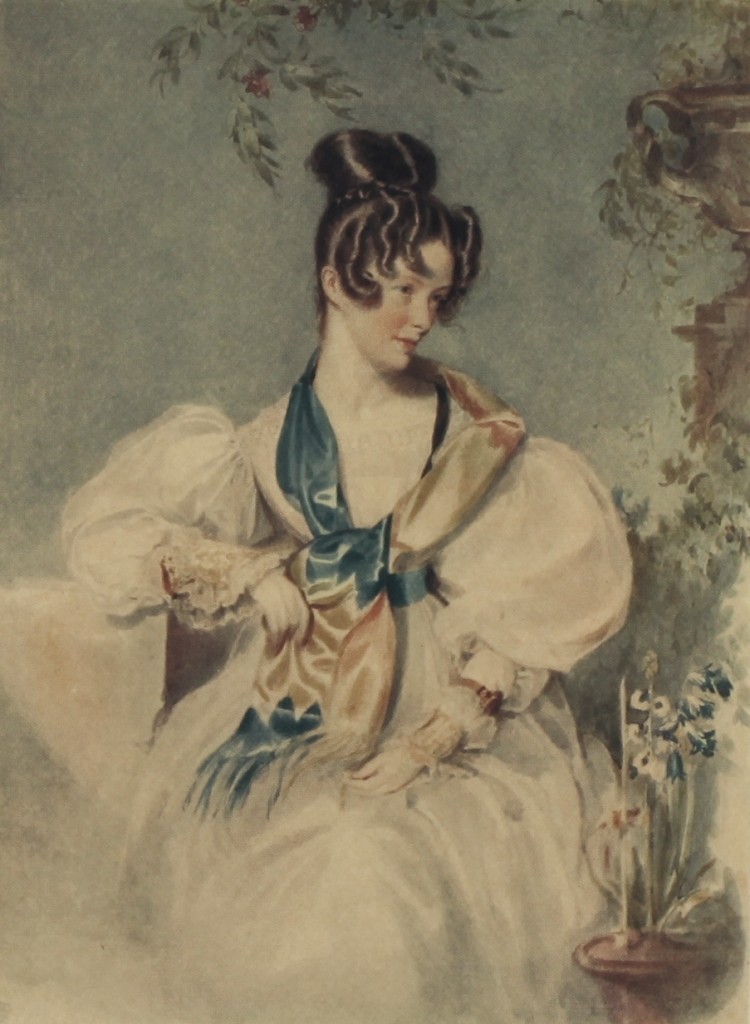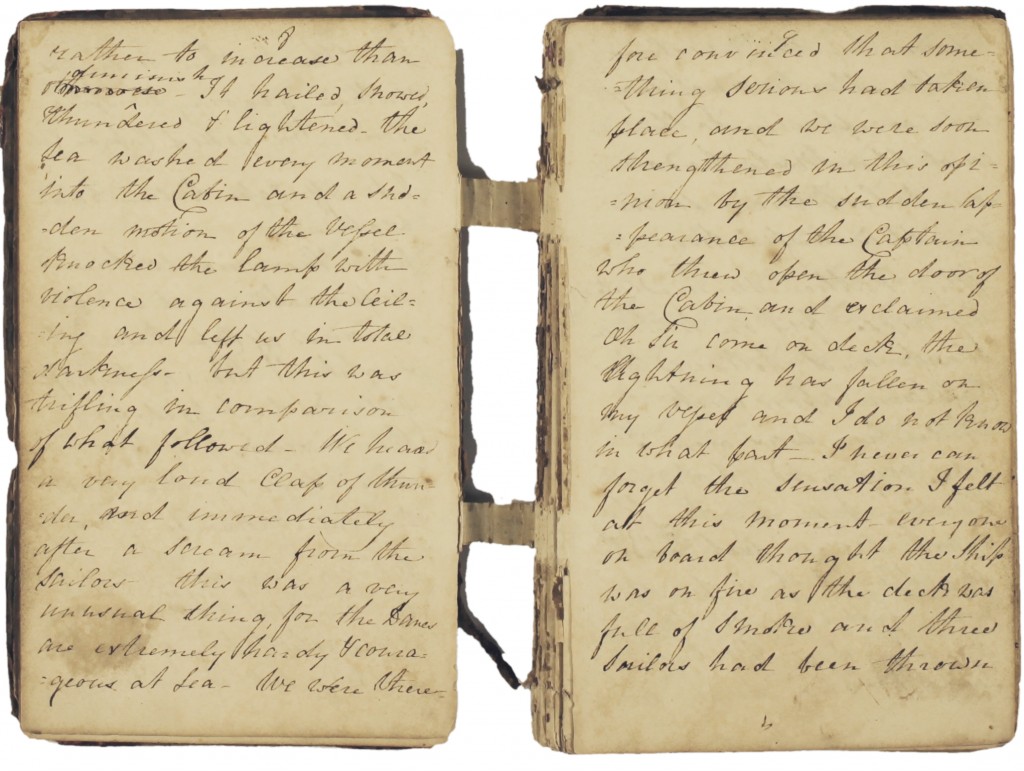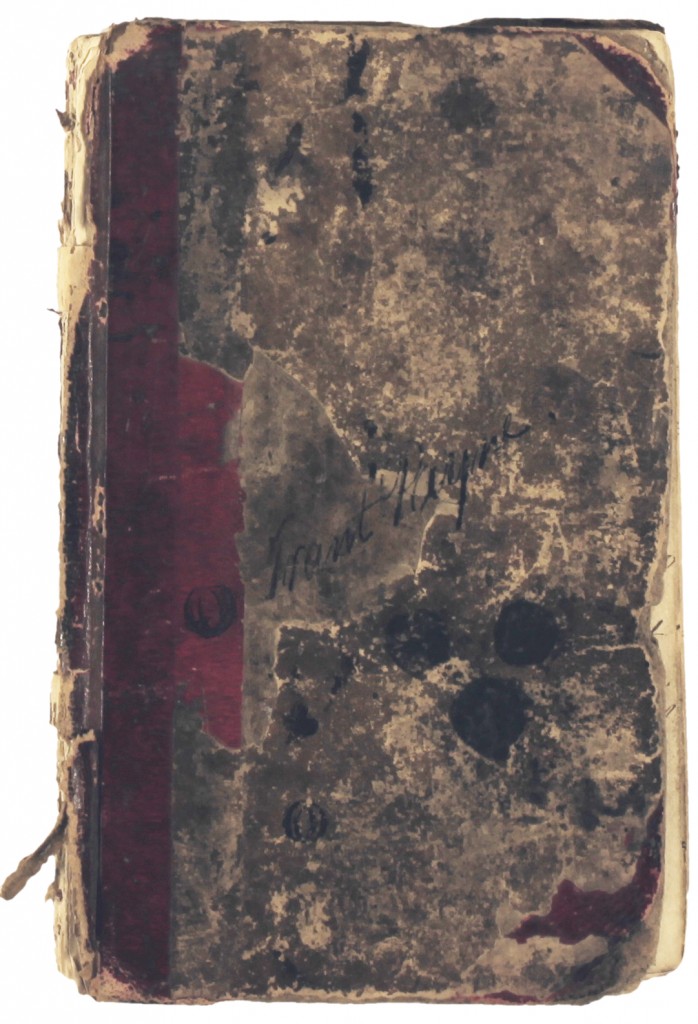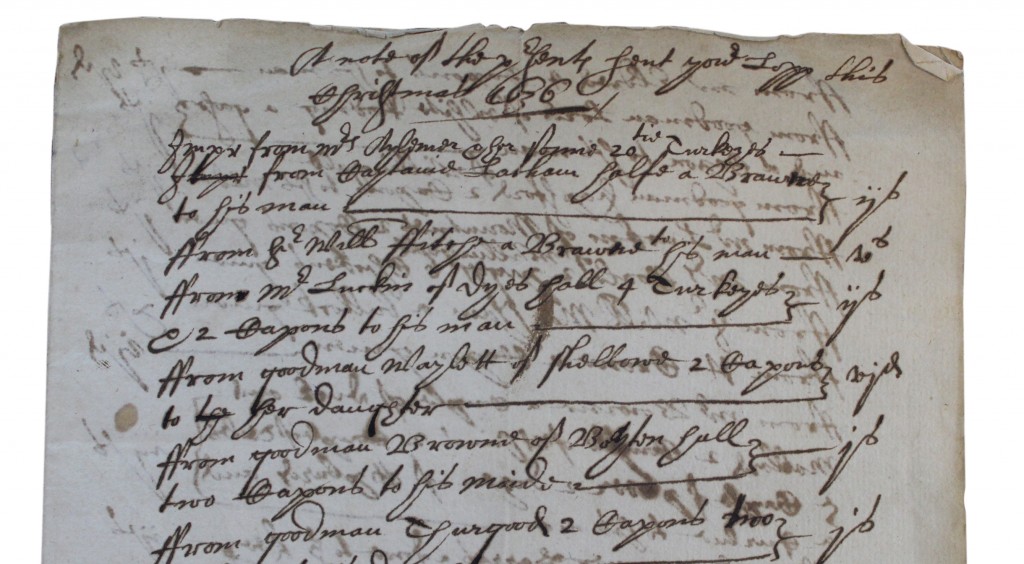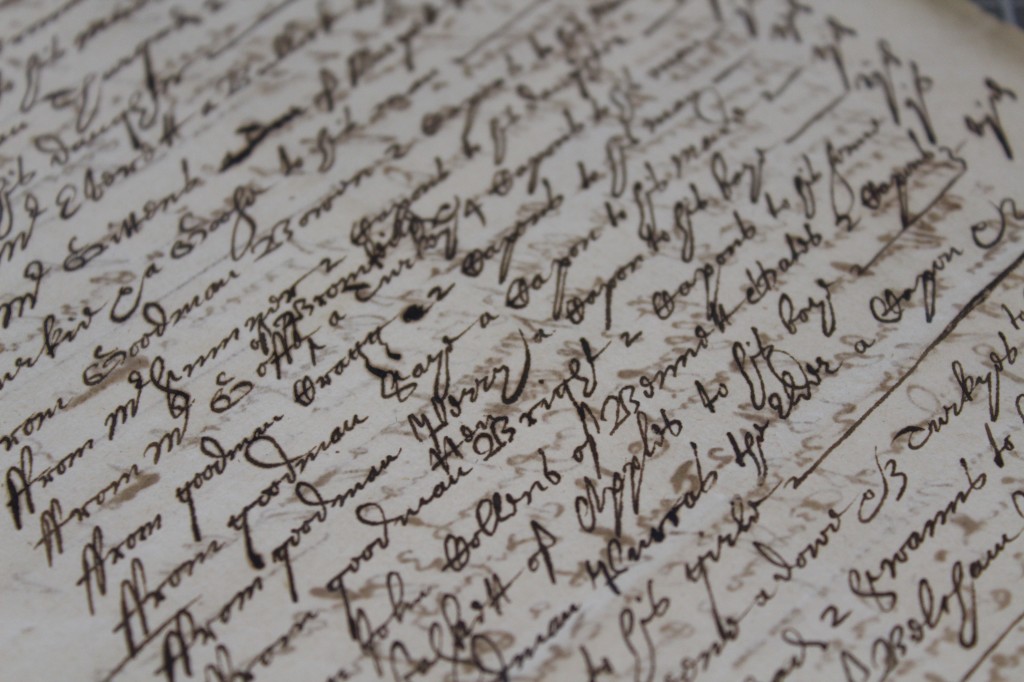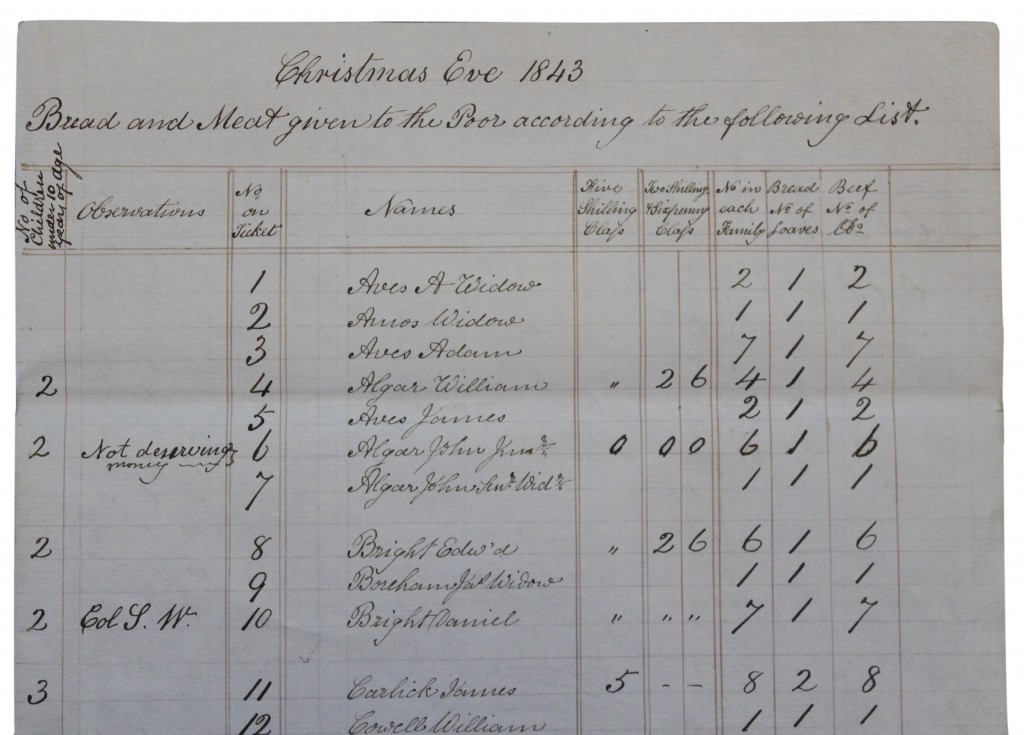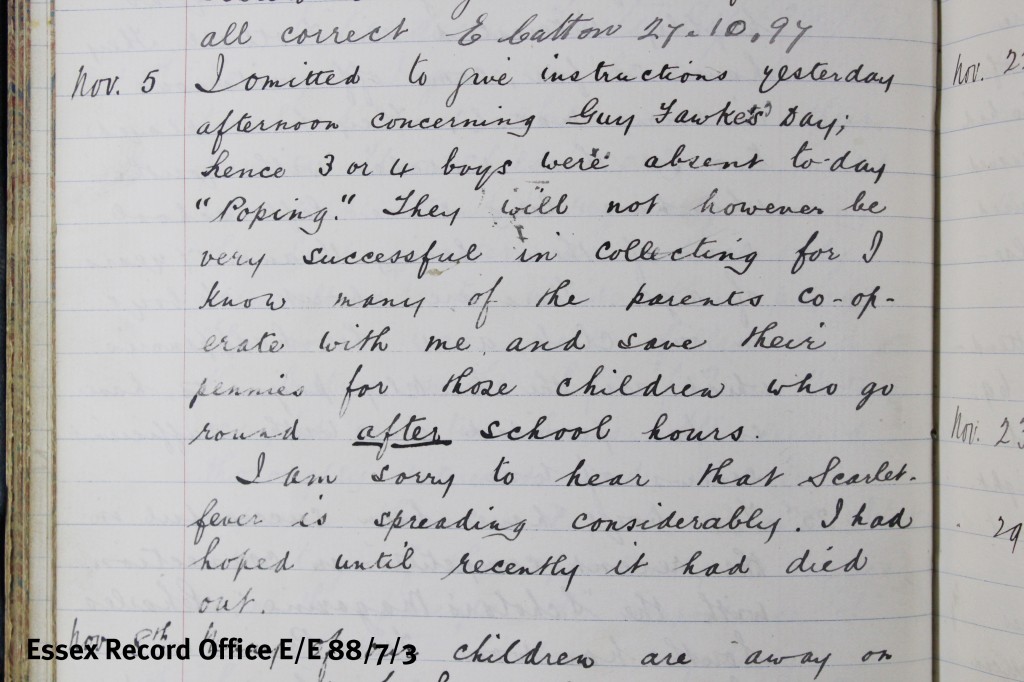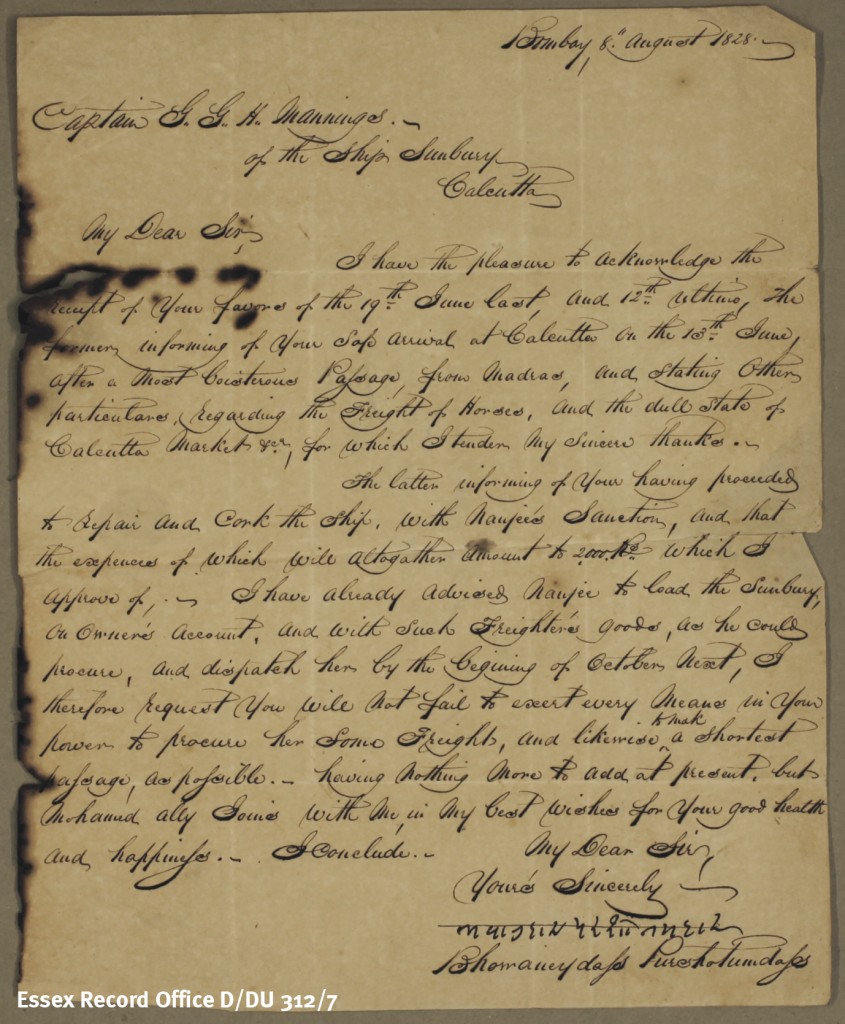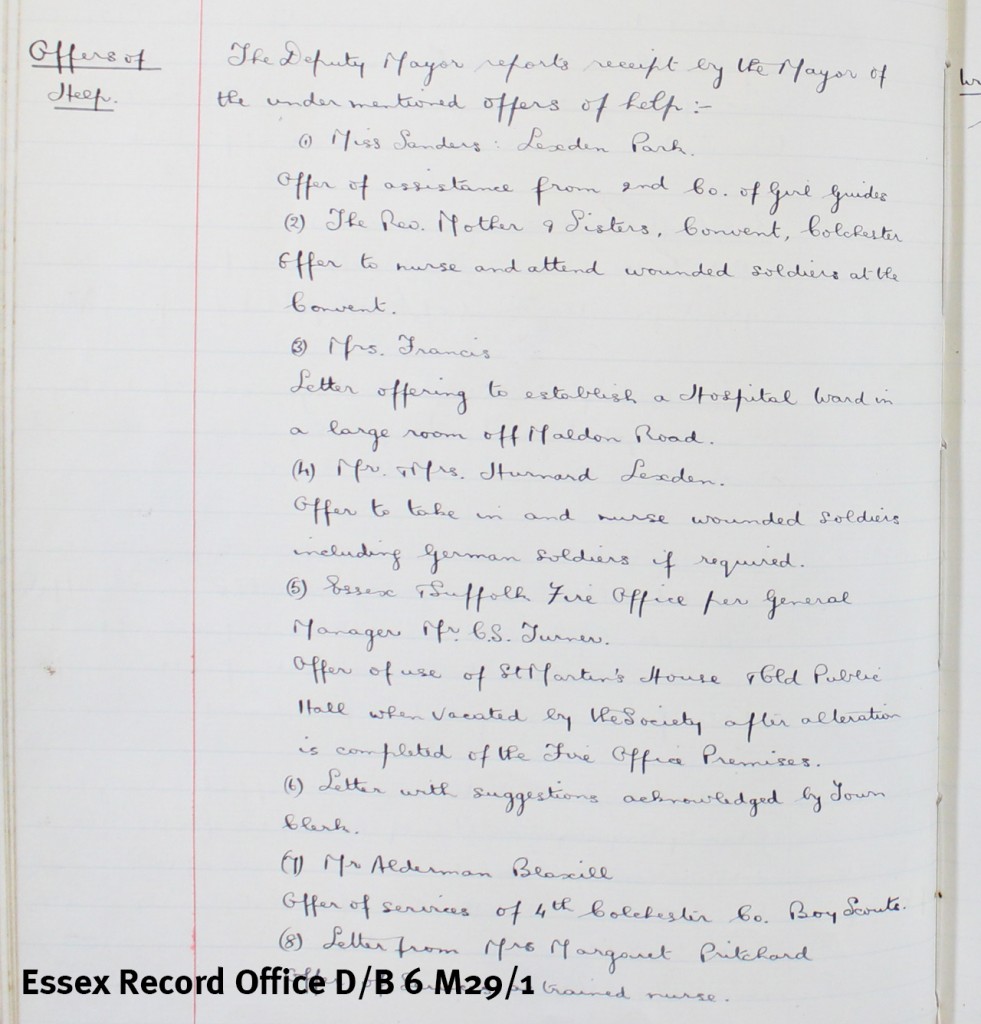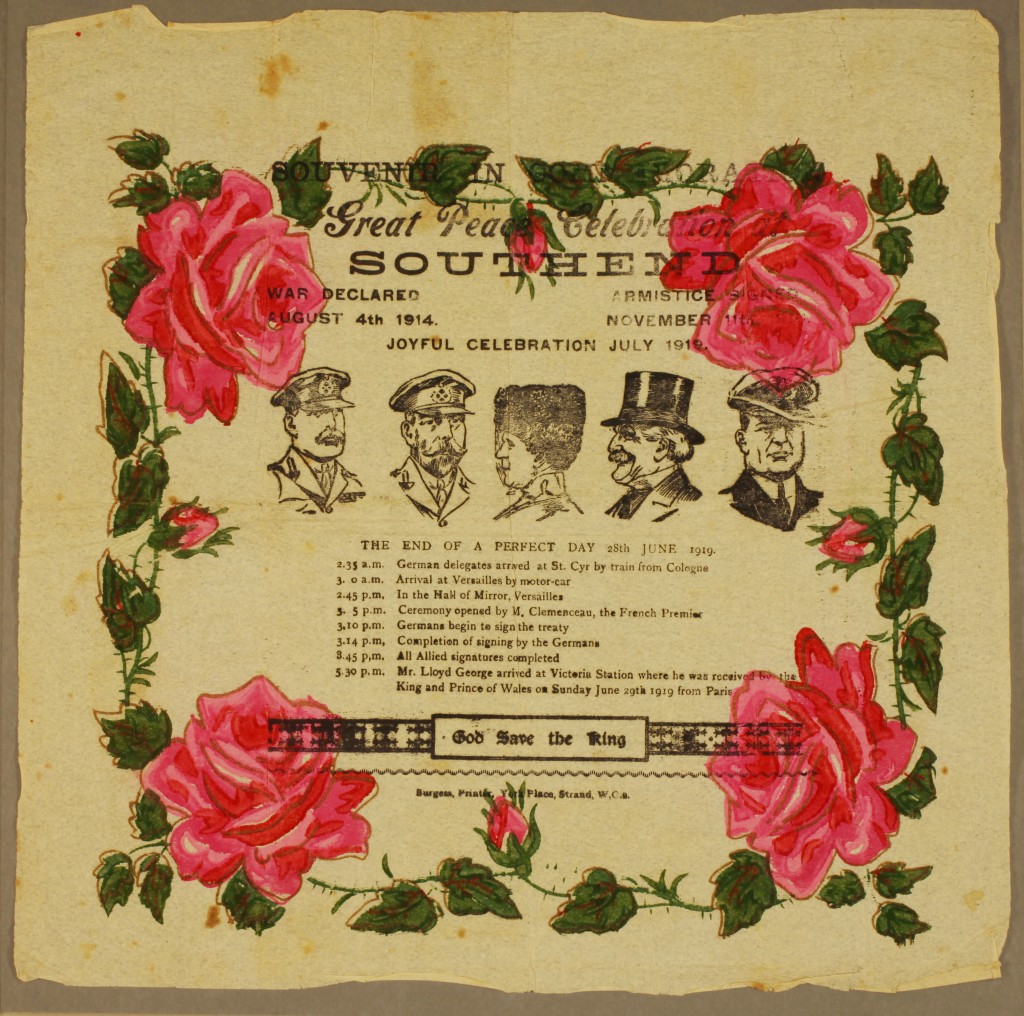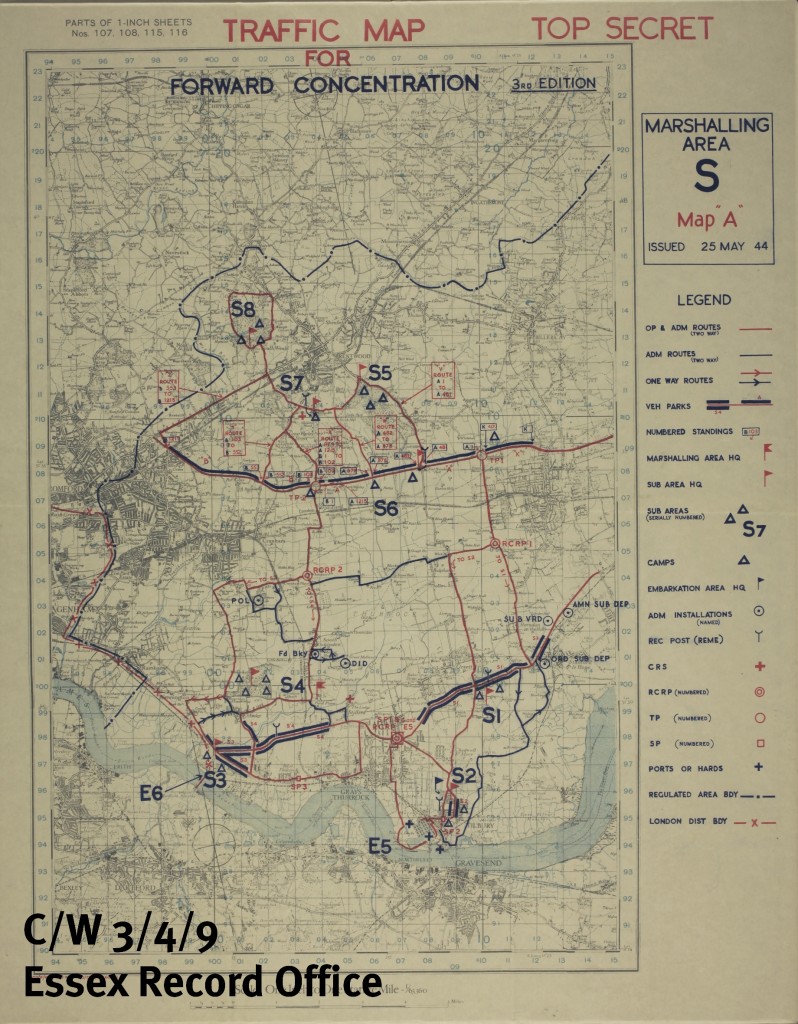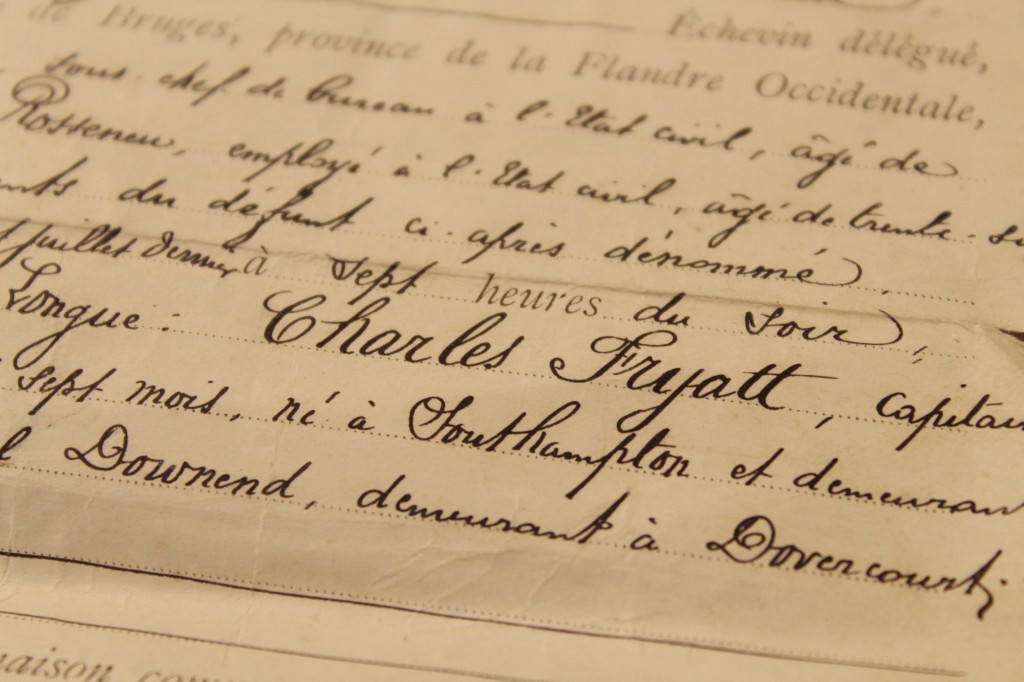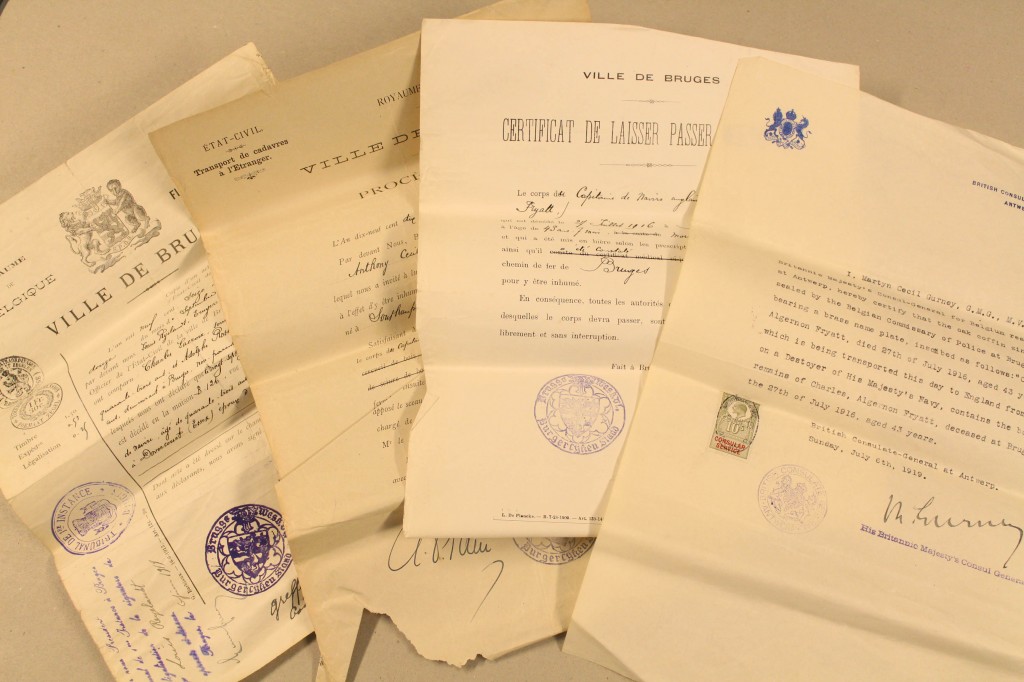The earliest document we look after at ERO is over 1,000 years old – but it is nothing to do with Essex. February’s Document of the Month is our oldest Essex document, a deed dating to c.1135-1138 (D/DBa T2/4).
The deed is a grant of rights in the forest of Essex given by William de Monfichet and his wife Margaret to Humphrey, son of Eustace de Barentun. His father had previously held the rights in this deed. The grant is one of a series of this approximate date made to Eustace and Humphrey de Barentun by the Earl of Essex and William de Monfichet, which followed similar grants by the King.
The de Barentuns, later the Barrington family of Barrington Hall in Hatfield Broad Oak, were the hereditary woodwards or keepers of Hatfield Forest. At this date the Barringtons were a minor family compared to the great barons who were descended from William the Conqueror’s most loyal supporters.
William de Monfichet and his wife Margaret were the grandchildren of two of the Conqueror’s supporters – Robert Gernon and Richard (de Clare) son of Gilbert, both of whom were well rewarded with extensive landholdings recorded in Domesday Book. The Monfichets held lands in Essex, including at Stansted Mountfitchet and claimed the hereditary right to be Keeper or Forester of the Royal Forest of Essex. William’s great-grandson Richard de Montfichet was one of the 25 Magna Carta barons chosen to ensure that King John abided by the terms of the charter.
Even if you do not read Latin, see how many recognisable words you can make out. Look out for ‘Will’ (short for William), Umfredo (Humphrey), filio (son), Estach (Eustace), forestie (forest), Exsexie (Essex), and Margarite…
The deed will be on display in the Searchroom throughout February 2015.

